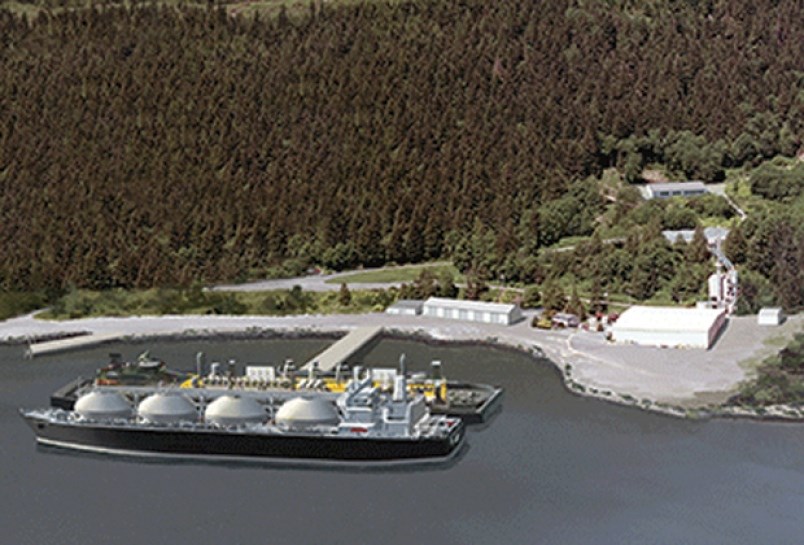The pipeline slated to power a $1.6-billion liquefied natural gas project poses a devastating risk to thousand-year-old cultural artifacts, according to two First Nations.
The Tsleil-Waututh and Musqueam Nations jointly opposed the pipeline approval for the Woodfibre LNG site southwest of Squamish on Howe Sound earlier this week.
The pipeline could destroy several significant archaeological sites, according to Tsleil-Waututh member Ernie George. However, George was reticent to identify the exact location or nature of the sites.
“We don’t like disclosing where they are and actually what they are,” he said, explaining the risk of vandals digging up history. “They’re significant sites that were just found in the last three years – spiritual sites,” he said. “The existing routing of the pipelines would destroy them. ... If they’re actually lost again ... a big chunk of where we can connect with our ancestors will be gone.”
Powering Woodfibre LNG involves twinning a 47-kilometre stretch of pipeline through Indian River Valley, according to a release from FortisBC. The company is hopeful it can “minimize potential effects to areas of importance and cultural significance,” according to the release. A final pipeline route has yet to be determined, according to FortisBC.
The sites in the pipeline’s path are replete with historical artifacts, Tsleil-Waututh Chief Maureen Thomas explained. “I appreciate that 99.99 per cent of the people really don’t care about our cultural site and all that history but that one little fraction ... I feel good about,” she said. “This spiritual connection is so real and so important to our people.”
Dealing with the province has had its share of difficulties, according to Thomas. “There is always a flaw in communicating with the First Nations.”
The Squamish Nation granted the project conditional environmental approval in 2015. The band is in discussions with Woodfibre for a revenue-sharing deal, as well as an agreement to provide employment.
While a lawsuit hasn’t been contemplated yet, Thomas suggested it may be an option if a diplomatic solution can’t be reached. “I would hate to see this whole project being eliminated because of any conflict,” she said. “We’re here to protect our identity and our people for years to come, and that includes the land and the water and everything that we’re a part of.”
George agreed, citing the band’s “longstanding” relationship with FortisBC. “There’s still room to talk, we just have to get those opportunities. We’re really good with people and hard on process, and this is more a process thing.”
Speaking to the Dawson Creek Mirror earlier this month, Woodfibre’s vice-president of corporate affairs, Byng Giraud, discussed the challenges facing the LNG industry. “The market’s tough,” he said. “Guys are dropping off. ... There’s lots of bad news stories out there about LNG (but) this game is not over.”
Beginning in 2020, Woodfibre LNG is slated to ship a million tonnes of LNG each year to Guangzhou Gas Group in China. Woodfibre has a capacity to produce 2.1 million tonnes of LNG annually.
Woodfibre LNG is a subsidiary of Pacific Oil and Gas Ltd., a Singapore-based group of companies.



